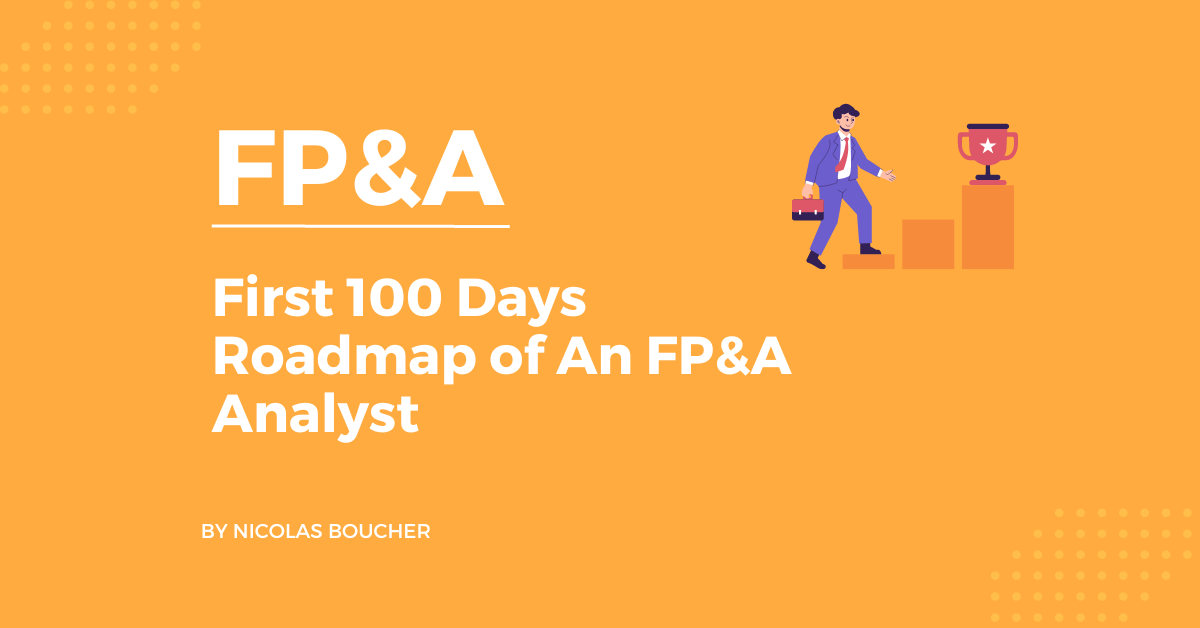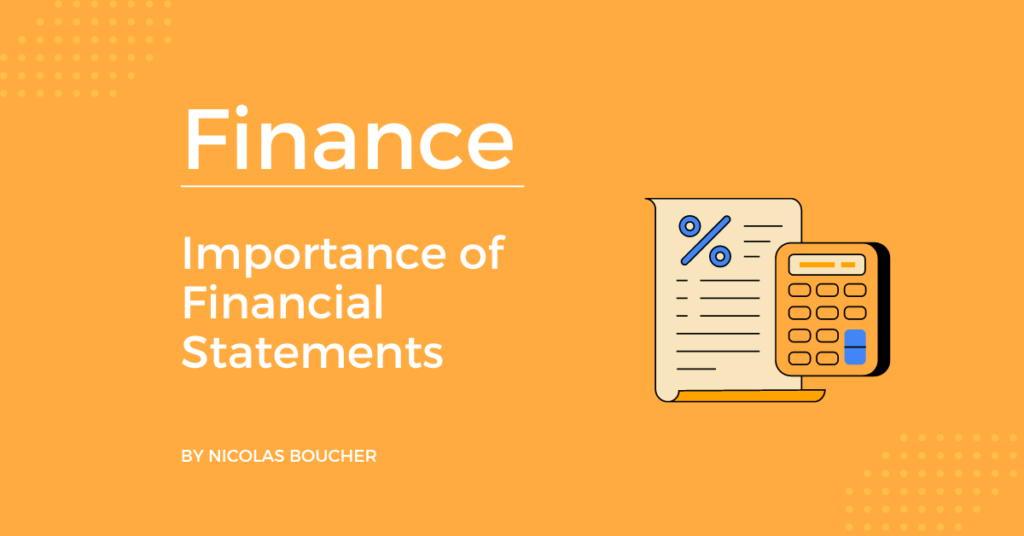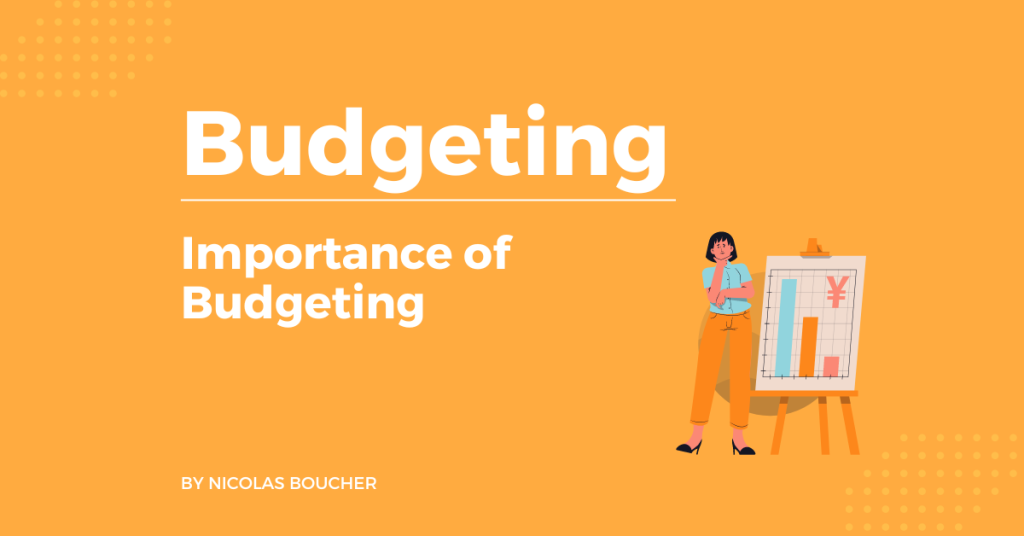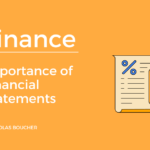FP&A analysts are responsible for analyzing and forecasting a company’s financial performance and providing insights to support decision-making.
They may also be involved in budgeting, financial modeling, and preparing reports and presentations to communicate financial results to stakeholders.
FP&A analysts typically work in finance departments and may report to an FP&A manager or director. They may work closely with other finance professionals, such as controllers, financial analysts, and financial planners, as well as with business unit leaders and other stakeholders.
Table of Contents
What Is The Role of An FP&A Analyst?
The role of an FP&A analyst can vary depending on the size and industry of the company, as well as the specific needs of the FP&A team. In general, FP&A analysts are expected to have strong analytical skills and be proficient in financial modeling and data analysis tools. They should also be able to communicate financial information clearly and effectively, both in written and oral form.
Overall, the role of an FP&A analyst is to provide financial insights and support informed decision-making to help a company achieve its financial and strategic goals.
FP&A Analyst Roadmap of Actions During The First 100 Days
Here is a roadmap of actions you can take during your first 100 days as an FP&A analyst:
Start: Days 1-10
- Interview your main stakeholders, including finance team members, other department heads, and your management.
- Get to know the company and its financial systems and processes.
- Review the company’s financial statements and key performance indicators (KPIs).
- Learn how the company’s financial systems and processes work, including budgeting, forecasting, and reporting.
- Understand the company’s financial policies and procedures.
Days 11-30
- Build relationships and contribute to the finance team.
- Build relationships with key stakeholders, including finance team members, other department heads, and external partners such as suppliers, investors, and clients.
- Participate in meetings and discussions with the finance team and other departments to better understand the company’s financial performance and needs.
- Identify areas for improvement in the company’s financial processes and systems, and prioritize the topics with your finance colleagues.
Days 31-60
- Develop a strong understanding of the company’s financial goals and objectives and how the FP&A function supports them.
- Use financial modeling tools, such as Excel, to analyze and forecast financial data.
- Stay up-to-date on industry trends and market conditions that may impact the company’s financial performance.
- Contribute to the development and maintenance of accurate and reliable financial forecasts and budget plans.
- Communicate financial information clearly and effectively to non-financial stakeholders.
Final part: Days 61-100
- Work closely with other departments to understand their needs and how they impact the company’s financial performance.
- Collaborate with the finance team to ensure that financial reporting is accurate and timely.
- Participate in strategic planning and decision-making processes to provide financial insight and guidance.
- Identify and analyze key drivers of financial performance, and develop strategies to optimize them.
- Use data visualization tools to clearly communicate financial information to stakeholders.
- Leverage technology to streamline and automate financial processes, such as budgeting and forecasting.
And After?
- Make a self-assessment of your work every 3 to 6 months.
- Continuously seek to improve financial processes and systems.
- Then, build a network of financial professionals and stay up-to-date on industry trends and developments.
The Bottom Line – Follow The Roadmap of An FP&A Analyst
In conclusion, the first 100 days as an FP&A analyst can be a challenging but rewarding period of learning and adaptation.
- The main areas of focus of this roadmap should be:
- Get to know the company and its financials
- Meet the key stakeholders
- Learn the FP&A processes and tools
- Understand in the budgeting process
- Develop financial models
- Revamp the financial results presentations
- Seek out opportunities for improvement
Therefore, by following this roadmap, you will be well-prepared to make a meaningful contribution to the company’s financial success.
Furthermore, if you continue to build your knowledge and your skills, you will be well-positioned use your expertise as an FP&A analyst and make a lasting impact on the company’s financial performance.
This is why it is important to invest in yourself and learn the key skills needed to be an efficient and valuable FP&A analyst. If you want to steal everything I learned over the last 14 years, start with my course. If you need more specific help, feel free to email me.
Finally, if you want to get a new job but you don’t feel prepared for interviews, I combined the 50 most asked interview questions for finance jobs in a 64 pages guide. For each question I also explain how to answer these questions. Here is the guide to prepare yourself for Finance job interviews.











